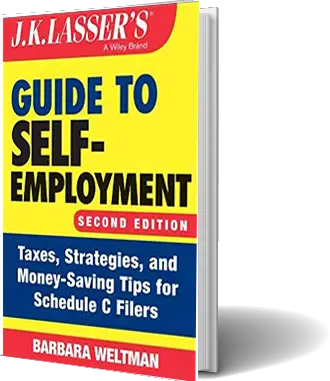 The number of self-employed individuals is growing substantially.
The number of self-employed individuals is growing substantially.
- FreshBooks’ Women in the Independent Workforce, 2nd annual report says that between 10 and 12 million women are expected to join the independent workforce in America over the next 5 years.
- The Bureau of Labor Statistics projected a 7.9% growth rate in self-employment over a 10-year period.
- Upwork and Freelancers Union reported in Freelancing in America: 2018 that there were 56.7 million Americans who freelance.
My latest book — a revision of one published in 2013
This book is intended to help self-employed individuals understand back-office obligations, including taxes, banking, and insurance. Most self-employed spend the majority of their time finding new customers or clients, servicing existing ones, and handling each and every aspect of the business.
Freelancers, independent contractors, gig economy participants, and other individuals working for themselves need to be aware of their responsibilities when it comes to paying their taxes and protecting their businesses and themselves via insurance or entity selection. Understanding the tax implications of certain actions, such as buying or leasing a vehicle, can help self-employed individuals make savvy business decisions.
The revised edition addresses new tax law and developments impacting self-employed individuals, including:
- Positive effect of the qualified business income (QBI) deduction
- Adverse effect of being treated as a hobby rather than a business
- Possible impact on individuals of the ABC test in use in some states to classify certain workers as employees rather than independent contractors
Final thought
Self-employment is a good solution for many individuals who want to make it on their own. As Andrew Carnegie said: “If you want to be happy, set a goal that commands your thoughts, liberates your energies, and inspires your hopes.” It is my hope that this book contributes to the success of self-employed individuals.


